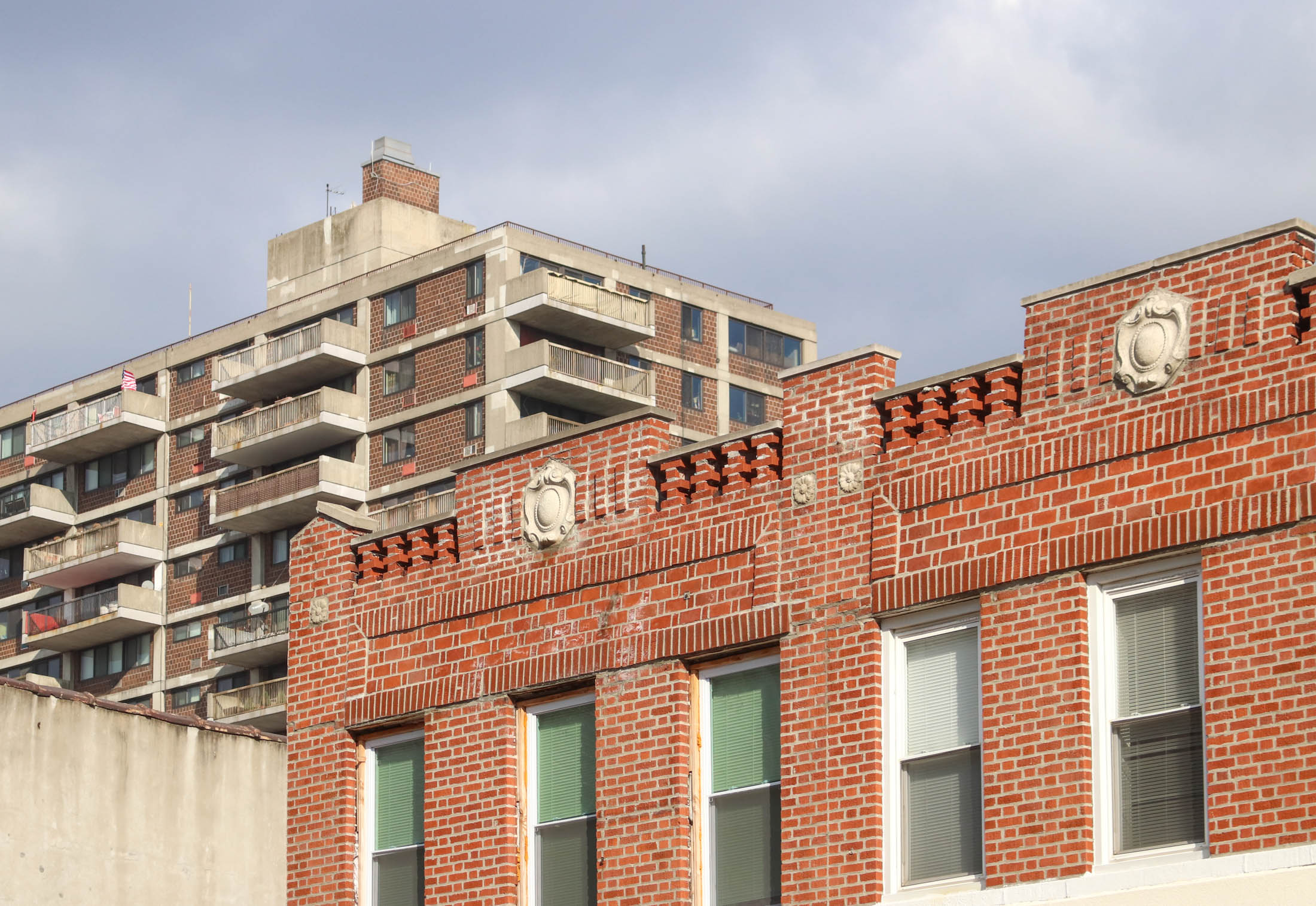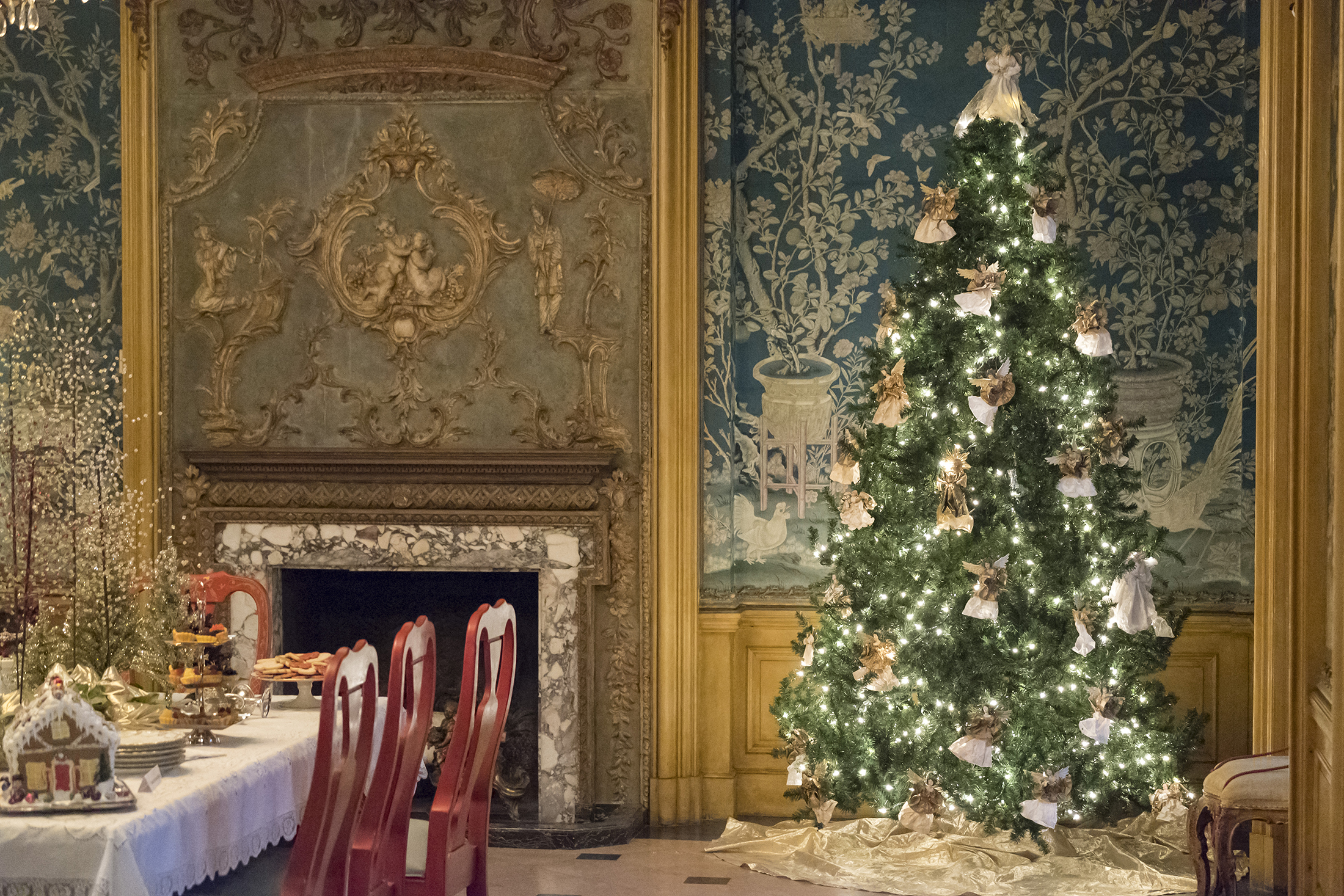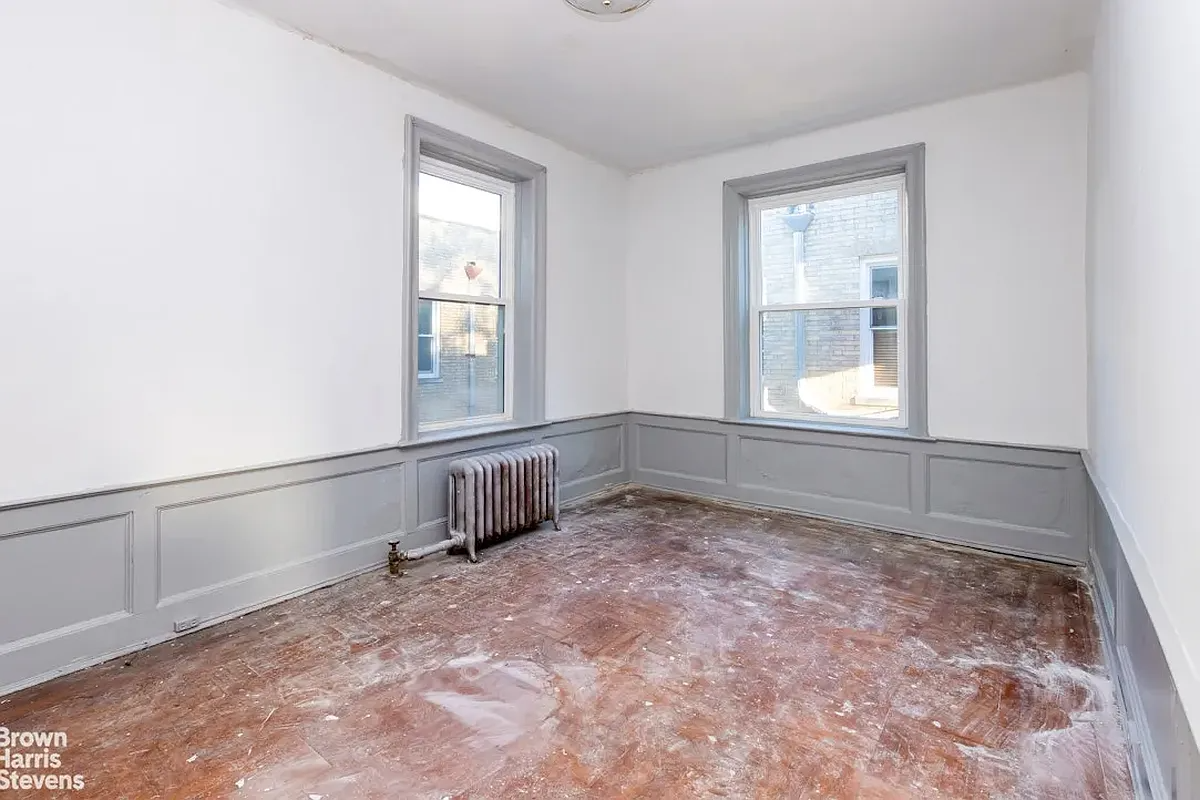Little Boxes, Big Slums
So what happens when McMansions all over the country are downgraded in status and price to the dollar menu? According to an article in The Atlantic, it means we’re witnessing a huge shift in where Americans are choosing to live. The piece, by Brookings Institution fellow/Arcadia Land Company honcho Christopher B. Leinberger, racks up fact…


So what happens when McMansions all over the country are downgraded in status and price to the dollar menu? According to an article in The Atlantic, it means we’re witnessing a huge shift in where Americans are choosing to live. The piece, by Brookings Institution fellow/Arcadia Land Company honcho Christopher B. Leinberger, racks up fact after fact to support the theory that the suburbanization of the U.S. has run its course:
For 60 years, Americans have pushed steadily into the suburbs, transforming the landscape and (until recently) leaving cities behind. But today the pendulum is swinging back toward urban living, and there are many reasons to believe this swing will continue. As it does, many low-density suburbs and McMansion subdivisions, including some that are lovely and affluent today, may become what inner cities became in the 1960s and ’70s—slums characterized by poverty, crime, and decay.
Leinberger argues that as cities have increased in cachet over the past decade or so, builders have gone gangbusters on the suburbs, leading to overdevelopment in non-urban areas and huge price premiums in our cities. One demographer he cites forecasts a “likely surplus of 22 million large-lot homes forecasts a likely surplus of 22 million large-lot homes (houses built on a sixth of an acre or more) by 2025—that’s roughly 40 percent of the large-lot homes in existence today.” There are plenty of good reasons to believe cities—and manufactured, urban-esque “lifestyle centers” outside of cities that include walkable streets and retail clusters—will only continue to grow in popularity. For example, Leinberger notes that by 2025 there will be an equal number of single-person households as families with children. The whole article is well worth a read, though it oddly doesn’t address the possible racial ramifications of a suburbia-as-slum/cities-of-gold cultural shift. Still and all, it’s a sobering look at how the McMansion developments of today may be the poverty-stricken badlands of tomorrow.
The Next Slum? [The Atlantic]
Photo by bob.





Brownstones were CRAFTED by the woodworkers, plasterers and fascade artists of the day.
Not quite the same as a McMansion. There are no craftsman on the job of a McMansion development.
born and raised in brooklyn, my friend.
I overheard coworkers who live in the suburbs in Westchester talking about going to “all the new restaurants in the city.” I asked them which ones and it turned out that they were talking about White Plains! They said that they used to come to Manhattan on weekends but now there are great restaurants all over and Itzack Perlman took over the westchester philharmonic and there are more regional theaters and art film theaters so they usually just stay in Westchester.
The point is that as mini-cities like White Plains, Yonkers, and Stamford have become more desirable and have gotten more amenities, the suburbs are closer to all of those things that used to only be in the city. Which makes them appealing to people who would not have been interested in the burbs years ago.
… oh yeah, and people actually from here do consider Brooklyn the “suburbs” (Manhattan is “the city”). My old friend from Bensonhurst used to put it that way. “I want to live in the friggin city, I’m not moving back here[Brooklyn]”.
THe people who fetishize Brooklyn as this super unique thing are way not from these parts.
Yes Brownstones were definitely the McMansions of their day. Built for the same demographic, with the same motivation and aspirations:
How does this not describe a Brownstone (at the time they were built?):
So-called “McMansions” often have a large footprint, cookie-cutter designs, similar architectural styles, and are often located in a newer, larger subdivision or replace existing, smaller structure in older neighborhoods. A McMansion is generally considered a house between 2,200 and 3,500 square feet in size in homogeneous communities that are often produced by a developer
As for the quality – I assume that since you can only point to DOB violations (which essentially indicate nothing and are on both old and new construction) I assume you concede that their has not been any significant structural failings due to modern construction techniques.
They’re suburbs, but they developed in the same way Brooklyn did, and they basically look identical. If you incorporated all the towns in Northeast NJ, it’d probably have the same population and land area as Brooklyn.
NJ is unique in that it actively cuts up its towns and cities into smaller municipalities … what would be big cities are 20 separate towns that fight against each other. Yet they all flow into each other and have neighborhoods with brownstones, ugly Tudors, huge parks, vinyl siding houses, towns made up exclusively of 19th century Victorian housing, all within a 20-30 minute train ride to Manhattan.
If you don’t know this stuff, you’re probably from Ohio my friend.
I mean, c’mon.
5:11….I noticed you didn’t extrapolate the sentence in Wikipedia just before the part about all of NJ’s counties being “urban”
___
“Newark and Camden are two of the poorest cities in America, but New Jersey as a whole has the second highest median household income among the states.[22] This is largely because so much of New Jersey consists of suburbs, most of them affluent, of New York City and Philadelphia.”
Notice that word suburb in there.
You are a true idiot, 3:36. You need to read the definition between city and suburb.
Or just read, period.
Posted by: guest at March 18, 2008 3:39 PM
New Jersey is technically an all-urban state. All the counties in New Jersey are rated by the census bureau as being as urban as, say, Kings County. So, technically, there is no difference.
Northeast New Jersey developed the same way Brooklyn did, and if you’ve ever traveled the metro area, you’d see that basically everything. looks. the. same. Manhattan is the exception. There are tons of places that look like Park Slope or Williamsburg all over the region.
Hey thanks 4:47 i never knew the term was that old.